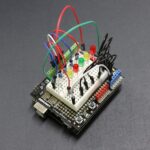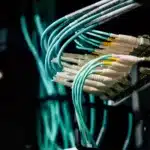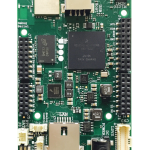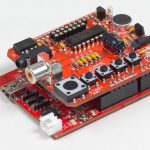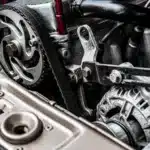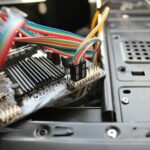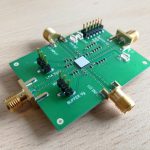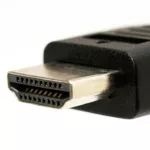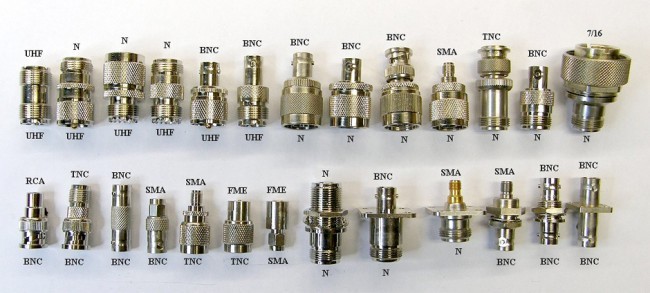
Coaxial Connectors and RF
Radio Frequency circuits are rapidly spreading across both wired and wireless communication for instance in Wi-Fi and IoT. These high-frequency RF signals require to be distributed between circuit components, systems, and subassemblies while minimizing losses and radiation. RF coaxial cables and connectors have traditionally been used to achieve this.
RF Coaxial Connectors
RF coaxial connectors offer a key RF link in communication between systems, circuits, and subassemblies. They provide junctions for joining coaxial cables and stripline transmission line to circuits or assemblies. They extend the coaxial structure by adding interlocking conductors alongside a locking mechanism.
A connector pair consists of a male or plug and a female or receptacle. In SMA connectors, for example, the male has a protruding center conductor and internals locking threads on the female. The female has a recessed inner conductor and external locking threads. Other locking mechanisms available on coaxial connectors include twist lock, a bayonet connection or snap-lock rings.
Connectors types and where they are used
There are many types of connector types as discussed below;
BNC
Bayonet Neil-Concelman (BNC) coaxial connectors were originally designed for military use. BNC connector is a miniature-to-subminiature RF connector used for quick connection or disconnection in television, radio, RF equipment, test equipment and video signal. They contain two bayonet plugs, the male, and the female. BNC connectors are suited for frequencies below 4GHz. As the frequencies get closer to 10GHz, the connector losses mechanical stability.
TNC
Threaded Neil-Coleman is similar to the BNC connector but is threaded. It offers better performance when it comes to microwave frequencies when compared to the BNC connectors. They are weatherproof, miniature units which operate at frequencies up to 12 GHz. They are commonly used in RF antenna and cellular connections to resolve leakage and stability problems.
SMB
SMB are smaller versions of SMA. They offer better electrical performance from DC to 4GHz. They are quite popular and are commonly used for RF/microwave connector variants for both industrial and telecommunication equipment. SMB connectors offer simple snap-on coupling design for semi-rigid cables with infrequent connections.
7/16 DIN
This is a threaded RF for high wattage transmissions in defense applications, cellular networks and antenna systems with multiple transmitters. It can accommodate up to 7.5 GHz and requires a wrench to tighten. The name refers to 7mm inner diameter of the female connector and 16 mm for the overall outer diameter.
QMA
QMA connectors are a quick variation of the SMA connectors that enable quick-lock and quick-disconnect. They feature the same construction as the SMA connectors. They offer fast and safe coupling and excellent performance when it comes to RF connections. They are ideal for industrial and communication applications.
MCX
These are small-form factors connectors that are ideal for application that has space, weight and size restrictions. Their outer diameter is 30% smaller than their SMB counterparts. MCX connectors operate between DC and 6GHz and can be used in GPS, digital cellular applications, TV tuner cards and RF hardware.
RCA
RCA connectors are also known as cinch connectors. They were originally designed for audio signal transmission but have since been widely used for video too. They are also called A/V jacks. They commonly come in three colours, red, white and yellow which are plugged at the back of TV sets.
Factors to consider when selecting a connector
Listed below are the factors you need to consider when selecting a coaxial cable;
- Connector bandwidth
- Connector impedance
- VSWR
- Coupling mechanism
- Connector size and durability
- Connector class and industry specifications
- Mating compatibility
- Power rating
- Connector usage
- Connector maintenance
This knowledge is a good starting point for designers as it will make their task of selecting RF coaxial connectors simpler. However, they are further advised to review the manufacturer’s datasheet for more detailed information.






